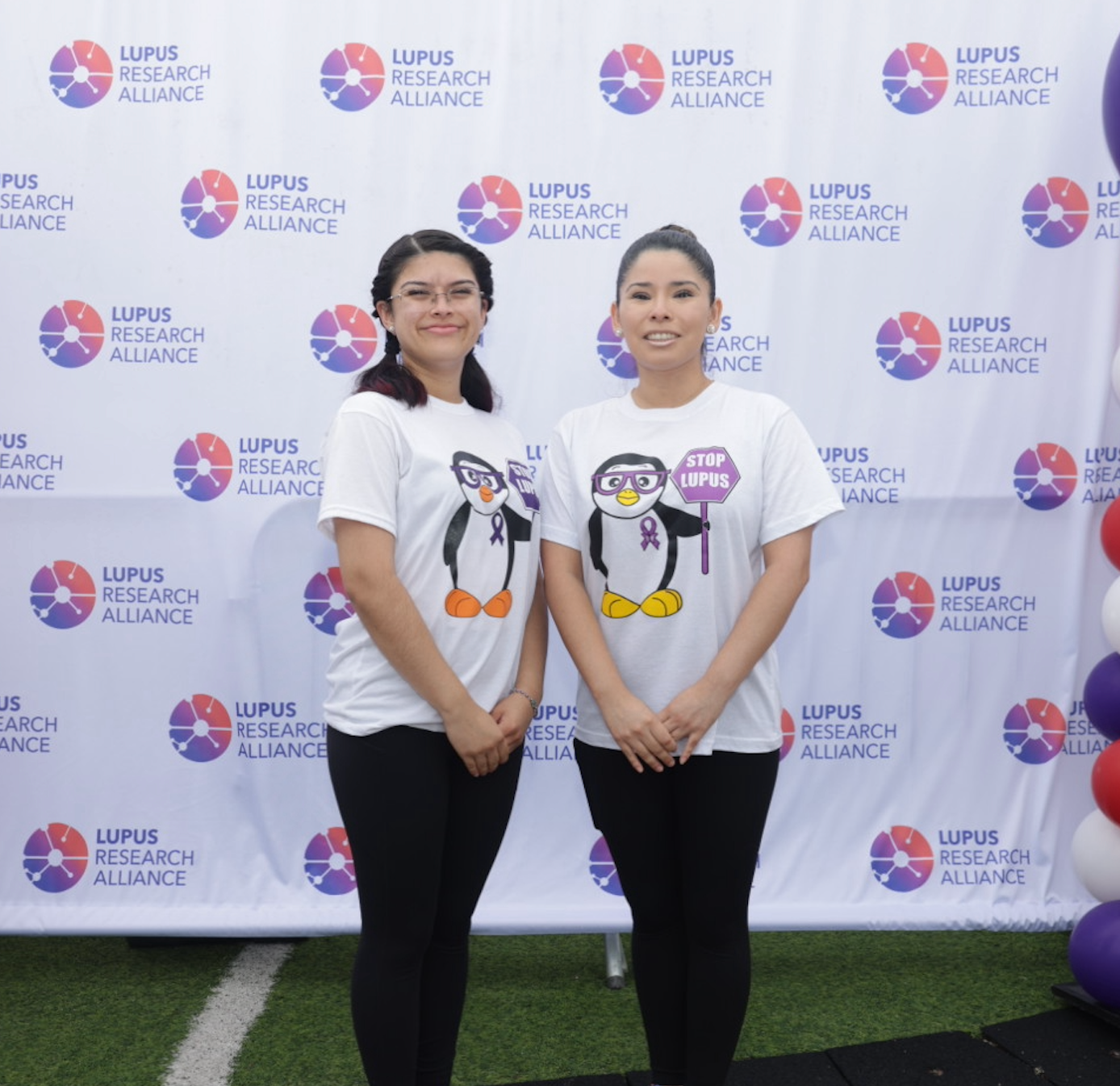A Family’s Mission to Give a Voice to Patients with Lupus
Lupus changed their lives — but Elizabeth and Miah SantaCruz are turning that diagnosis into hope for others.
By
Lana Pine
| Published on May 27, 2025
5 min read
Miah (left) and Elizabeth SantaCruz
Credit: Lupus Research Alliance

When Miah was just 7 years old, her family began noticing subtle signs that something wasn’t right — tiny dents in her fingernails, a rash on her face and persistent joint pain. What followed was a frustrating two-year journey through misdiagnoses and unanswered questions, until a skin biopsy finally revealed the cause: lupus.
In an interview with The Educated Patient, mother-daughter duo Elizabeth and Miah SantaCruz share their experience navigating a rare childhood diagnosis, the power of advocacy and their mission to raise awareness, spark hope and improve outcomes for kids living with lupus.
Elizabeth, can you take us back to when Miah first started experiencing symptoms?
Elizabeth SantaCruz: Miah was about 7 when we first noticed something odd — tiny indentations on her fingernails, almost like someone had poked them with a pin. We saw several dermatologists, but they all said she’d grow out of it. A year later, the same thing appeared on her toenails. Still, we were told it was nothing. Then came a rash on her face. We saw an allergist, ran tests and still had no answers. Even her pediatrician noted protein in her urine but chalked it up to dehydration.
Finally, after two years and many specialists, we met a dermatologist who laid out a plan. First a cream, then antibiotics and finally a skin biopsy if nothing worked. When the biopsy came back, we got the call: Miah had lupus.
How did it feel to finally get a diagnosis?
ES: It was terrifying. We didn’t even know what lupus was. The first thing I did was Google it, and all I saw was that there’s no cure and limited treatments. On top of that, finding a pediatric rheumatologist in New Jersey was a challenge. It felt like our daughter had something so serious and yet so little was available.
Miah, how did your diagnosis affect your daily life — school, friends, activities?
Miah SantaCruz: My friends were really supportive, but things changed. I had to start wearing hats and sunscreen every day. It was different, but my friends and teachers understood — and my mom helped create a better world for me.
Elizabeth, what were some day-to-day adjustments you had to make as a family?
ES: One of the first hurdles was medication. Miah had to start taking her first pill-form medication. It was tough since she’d only had liquid meds before. She was also terrified of needles but needed blood work every three months — sometimes up to 14 tubes at a time. It was overwhelming.
She also experienced joint pain and had to undergo physical therapy when her knee locked up. It changed everything.
Miah, what’s one thing you wish more kids your age understood about lupus?
MS: I wish people just knew what lupus is — and that it can affect children too.
What inspired you to become advocates for lupus awareness?
ES: We spent two years Googling symptoms with no answers. I promised Miah I’d help build a better world — one where people knew what lupus was. So I started organizing school assemblies, reaching out to city officials and getting proclamations. We wanted to create visibility.
When Miah went to Washington, she met a girl a year younger getting chemotherapy for lupus attacking her organs. That moment solidified our mission.
The Lupus Research Alliance Walk with Us to Cure Lupus event in New Jersey was earlier this month. What were you most excited about?
ES: We’re honored that Miah is Lupus Walk Ambassador. She represents children, girls, Latinas — and shows what’s possible. The walk brings together patients, families and partners to celebrate visibility and demand more research funding.
MS: The Lupus Research Alliance has been with us the whole way. We’re so grateful.
Elizabeth, what advice would you give to other parents in the early stages of a chronic illness diagnosis?
ES: Have hope. The first time we attended a Lupus Research Alliance event, they talked about treatments and research. It gave us strength. Learn as much as you can, attend seminars and most importantly — advocate for your child.
What do you both hope people take away from your story?
ES: That you can make a difference. Before this, I was just a regular mom working as an accountant. But lupus changed our lives, and I knew I had to act — not just for Miah, but for every child still waiting for a diagnosis.
MS: That there’s hope. And that together, we can make an impact and build a better future.

